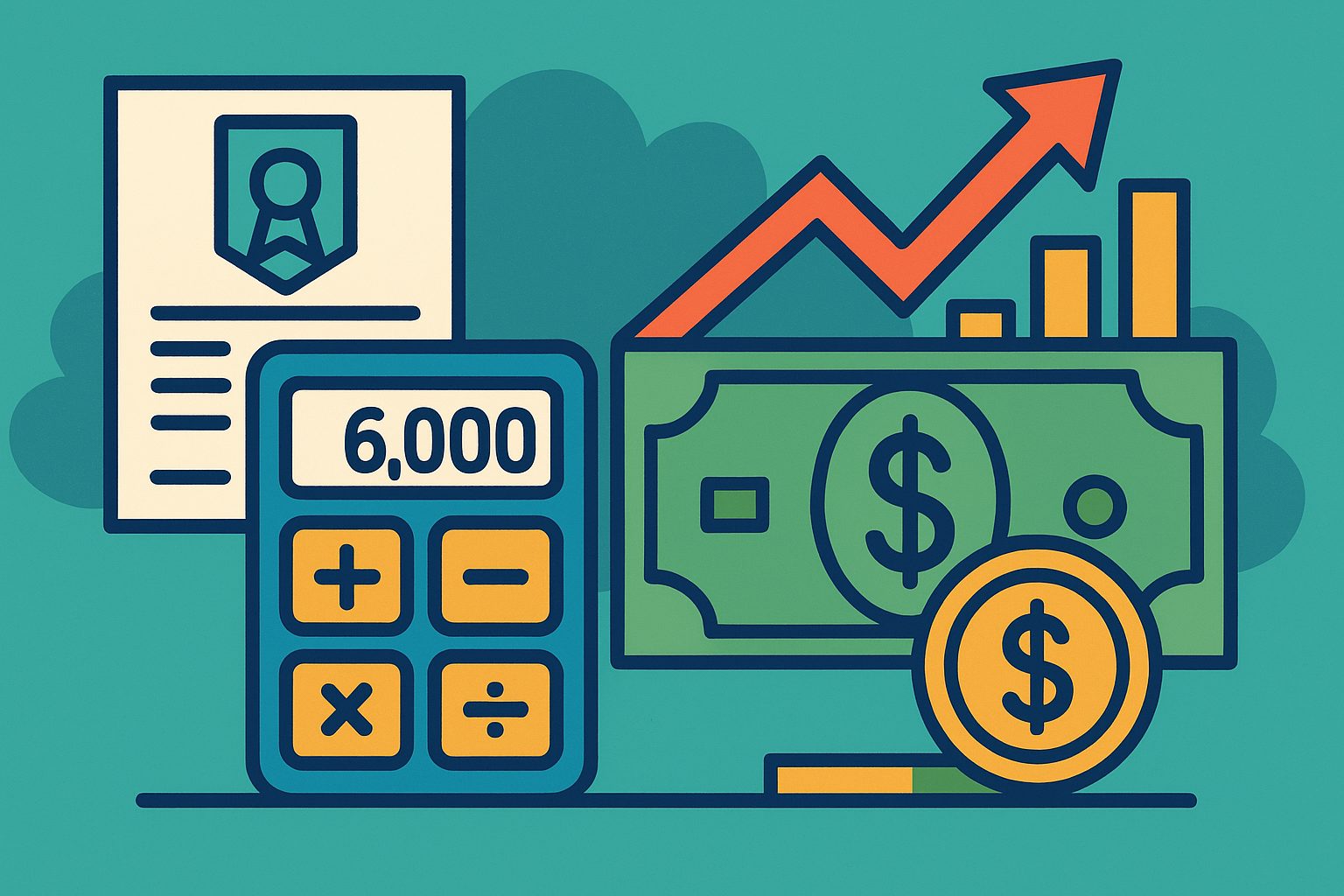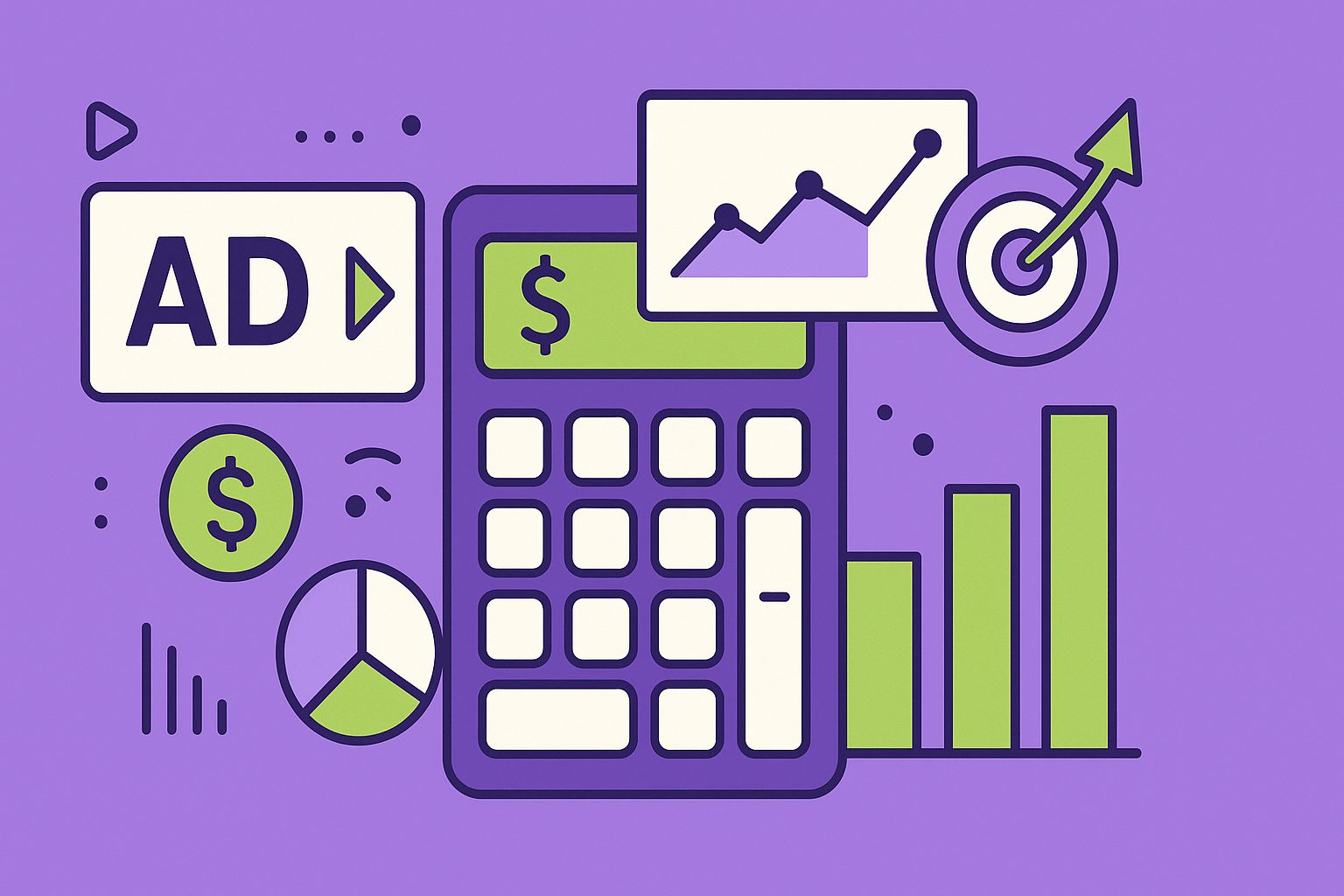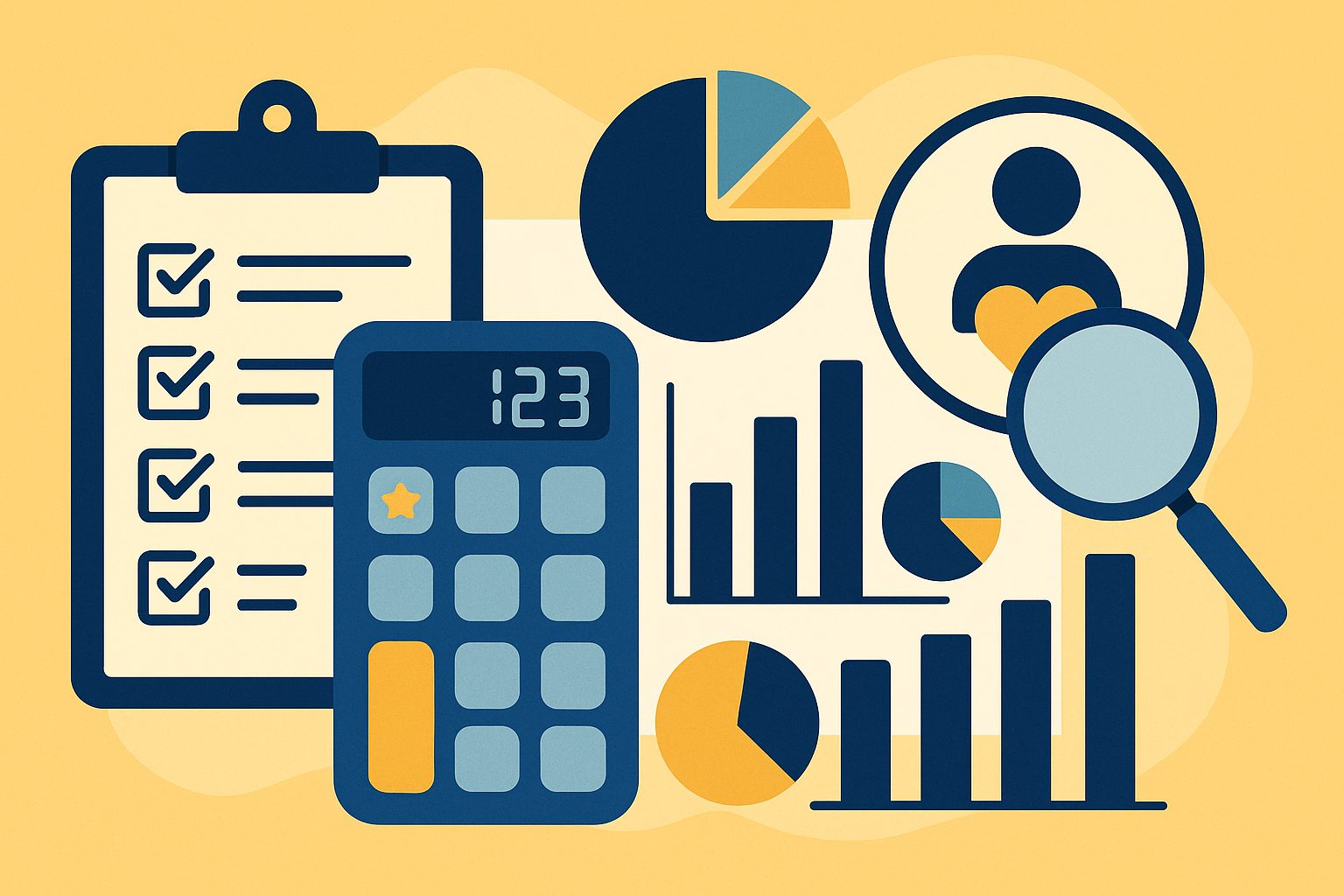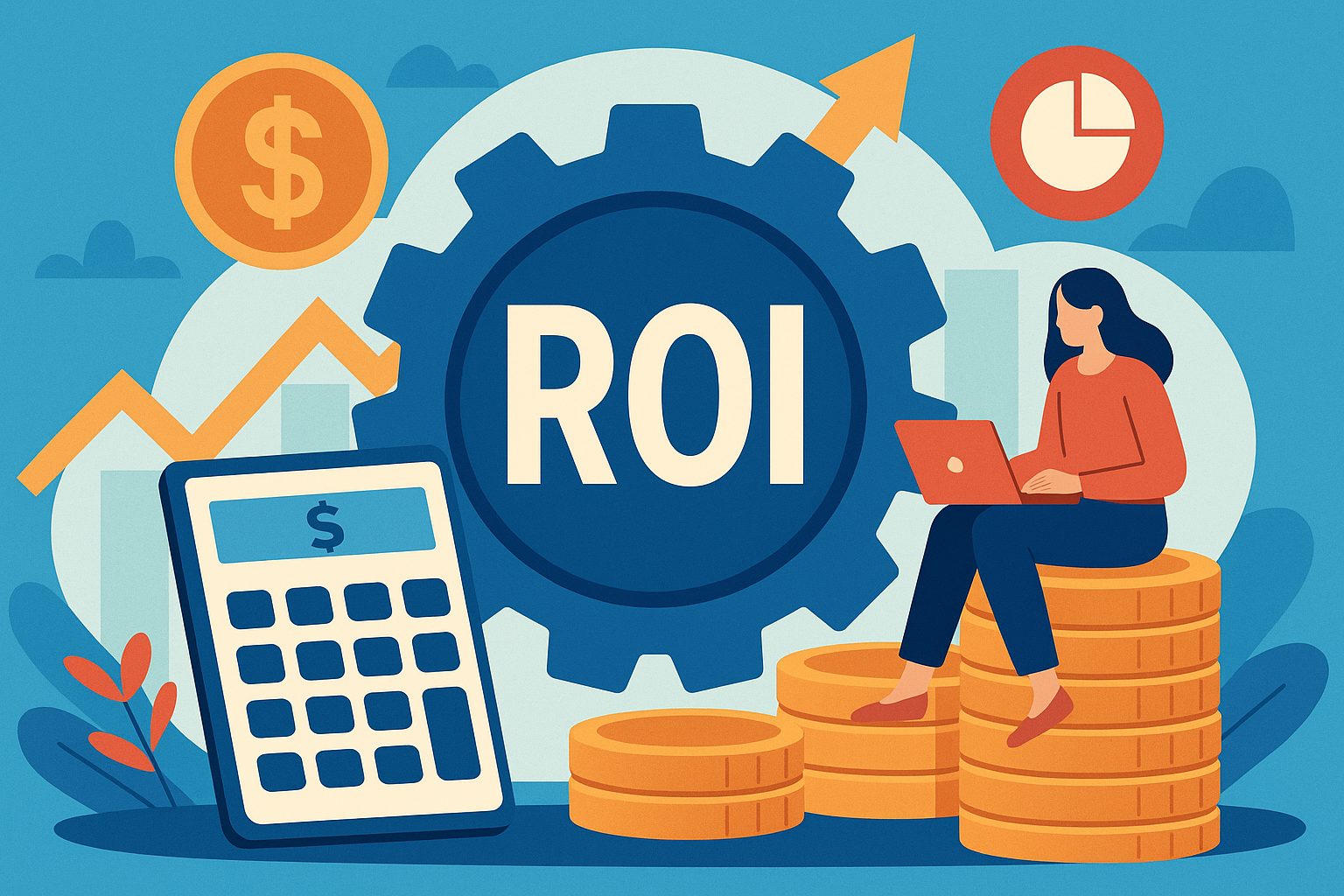Breaking Down the SAFE Note Puzzle
SAFE notes—short for Simple Agreement for Future Equity—have become the go-to funding instrument for early-stage startups and savvy investors alike. They’re quick, flexible, and popular in the venture capital world for good reason. But when it comes time to convert a SAFE into actual equity during a priced funding round, things can quickly get confusing. That’s where a SAFE Note Conversion Calculator becomes an invaluable tool.
Unlike traditional convertible notes, SAFE notes don’t have interest or maturity dates. They promise future equity in a startup in exchange for present-day capital—often with perks like valuation caps or discounts to reward early risk. But here’s the twist: the actual amount of equity an investor receives isn’t clear at the time of investment. It only becomes calculable later, when a priced round takes place. This delayed clarity can leave both investors and founders in the dark unless they’re armed with the right calculator.
SAFE Note Conversion Calculator
Why SAFE Notes Need a Smarter Tool
On the surface, SAFE notes appear refreshingly simple. Yet, the mechanisms that determine how much ownership a SAFE converts into are anything but. Variables like post-money vs. pre-money valuation, investor pro rata rights, dilution, and cap or discount provisions all affect the final equity outcome. Even seasoned entrepreneurs and angel investors can find the math overwhelming, especially when multiple SAFEs with different terms are in play.
A SAFE Note Conversion Calculator is not just a spreadsheet—it’s a roadmap. It helps translate terms like “valuation cap” and “discount rate” into understandable, actionable equity estimates. Whether you’re preparing for a Series A or modeling your future cap table, this calculator becomes your financial compass. It turns ambiguity into precision and gives you control over how a SAFE impacts your ownership structure.
Understanding the Mechanics Behind the Math
Let’s say you invested $50,000 into a startup using a SAFE with a valuation cap of $5 million and a discount of 20%. The startup later raises a priced round at a $10 million pre-money valuation. So, how much equity do you really get? Do you convert at the cap or the discount? How does this affect other investors?
The SAFE Note Conversion Calculator works by identifying which conversion method yields the better price per share for the SAFE holder: the valuation cap or the discount. It then uses this effective price to calculate the number of shares issued in exchange for your original investment.
In our example, converting at the valuation cap gives a better price ($5 million cap vs. $10 million priced valuation), so the calculator uses that number. From there, it determines the number of shares you’d receive based on the total capital raised and the company’s capitalization at the time of the round. The math is complex—but the calculator simplifies it into a single, easy-to-read result.
Cap vs. Discount: Choosing the Better Deal
One of the defining features of a SAFE is that it offers either a valuation cap or a discount—or both. The conversion calculator is smart enough to analyze both options and automatically apply the more investor-friendly scenario. For example, if your SAFE includes a 20% discount but the cap-based conversion gives a better price, the calculator ensures you receive shares at that lower valuation.
This functionality is especially helpful when dealing with layered SAFEs. Founders often issue multiple SAFEs over time, each with different terms. The calculator can run these side by side, helping founders anticipate how much dilution to expect and allowing investors to compare their position against others. This comparison not only brings transparency but also aids in planning negotiations for the next raise.
Visualizing Dilution and Ownership Changes
One of the biggest worries founders face is dilution. A few SAFEs might not seem like much—until they all convert at once. A SAFE Note Conversion Calculator gives you the power to see the full impact of conversion on your cap table. It shows how much equity each SAFE investor receives, how much remains for the founders, and how the addition of new money in the priced round reshapes the pie.
From an investor’s perspective, the calculator brings clarity to ownership percentages. It estimates how much of the company they will own post-conversion, allowing them to assess whether the investment aligns with their expectations. For venture capitalists coming into a round, it’s a way to assess how “clean” the cap table is—and whether they’re entering a well-structured or overly diluted startup.
Pre-Money vs. Post-Money: Why It Changes Everything
In earlier SAFE structures, conversion was based on pre-money valuations. That meant that the SAFE investor’s ownership was determined before the new investors put in their capital. This often led to unexpected dilution for founders, as the math didn’t fully account for the impact of all SAFEs stacking up.
Newer SAFE models—especially Y Combinator’s post-money SAFE—solved this by locking in the investor’s ownership percentage upfront. This gives both founders and investors a more transparent view of how the cap table will look post-conversion.
The calculator allows you to toggle between pre-money and post-money modes. This flexibility helps you model both scenarios and better understand how different SAFE versions impact equity distribution. For founders considering which SAFE version to use—or investors deciding whether a deal is fair—this clarity is a game-changer.
Modeling Multiple SAFEs and Complex Rounds
In the real world, things aren’t always neat. A startup might have raised multiple SAFEs with different caps and discounts, issued common shares to advisors, and structured their priced round with preferred shares or investor rights. A good SAFE Note Conversion Calculator is built for this complexity.
It allows you to enter multiple SAFEs and stack them accordingly, modeling each conversion on its own terms. It adjusts for dilution, preferred shares, and even includes pro-rata rights if applicable. Instead of treating each SAFE in isolation, it sees the whole system and reveals how each part affects the others.
For example, if you raised $1 million from five SAFE investors, all with different terms, the calculator runs the conversion for each one. It then recalculates the ownership structure with the new preferred round layered on top. This gives founders a 360-degree view of the cap table before the round closes—a powerful advantage when negotiating equity and preparing legal documents.
From Seed to Series A: How Founders Use It
As a founder, you’re not just trying to close the round—you’re trying to preserve your equity and maintain control of your company. A SAFE Note Conversion Calculator gives you the numbers you need to make smart decisions. Before you issue a new SAFE, you can model its future impact. Before closing a priced round, you can see exactly what your post-raise ownership will be.
This helps you avoid unpleasant surprises. Founders often hear horror stories of being diluted into minority positions after their Series A. But these situations are rarely the result of bad intentions—they’re the result of poor modeling. With a calculator in hand, you can issue SAFEs confidently, set appropriate valuation caps, and keep your long-term vision intact.
Investor Perspective: Calculating Equity with Confidence
For investors, SAFEs offer early access to high-potential startups with low friction. But the lack of immediate equity often makes them feel abstract. A SAFE Note Conversion Calculator transforms that abstraction into a precise equity forecast. It gives investors clarity on how much of the company they can expect to own and how their investment stacks up against other fundraising events.
More importantly, it allows them to model different exit scenarios. What would their equity be worth if the company exits at $100 million? What if another round introduces more dilution? With this tool, investors are empowered to think long-term, make data-driven bets, and negotiate smarter terms based on realistic projections.
Legal and Financial Alignment: Preparing for Due Diligence
When it’s time for a priced round, legal teams and financial analysts dig into the startup’s records. They want to know exactly how much equity every prior investor owns, how SAFEs will convert, and what the fully diluted cap table will look like. A SAFE Note Conversion Calculator ensures you’re ready for this level of scrutiny.
It also helps generate clear, defensible projections that align with legal frameworks. Whether you’re working with your general counsel, your lead investor, or a financial advisor, having calculator-generated outputs builds trust and speeds up the due diligence process. It’s no longer enough to estimate—precision is the expectation.
Automation and Integration: The Future of SAFE Calculations
The most powerful calculators don’t live in isolation. They integrate with cap table management platforms like Carta or Pulley, syncing real-time data and automating complex calculations. This allows startups to run conversions instantly, without manual entry, and see the impact on employee options, preferred shares, and total equity structure.
As the startup ecosystem grows more sophisticated, SAFE Note Conversion Calculators are becoming more than just tools—they’re becoming strategic infrastructure. Founders use them in pitch meetings to showcase investor clarity. Backers use them to validate terms before writing checks. Everyone benefits from smarter, faster, and more transparent math.
Mastering SAFE Notes With a Click
In the fast-moving world of startups, clarity is a competitive advantage. SAFE notes, for all their simplicity on the surface, can introduce serious complexity when it’s time to convert. Whether you’re an early-stage founder or an angel investor, a SAFE Note Conversion Calculator brings that complexity into focus.
It’s more than a convenience—it’s a necessity. It turns legal language into plain numbers, vague ownership into clear equity, and uncertain raises into confident negotiations. With a few inputs and a click, you can take control of your investment future.
Don’t just guess how a SAFE will convert. Know it. Model it. Own it. With the right calculator, your SAFE investment becomes exactly what it’s meant to be: a smart, strategic path to future equity.




